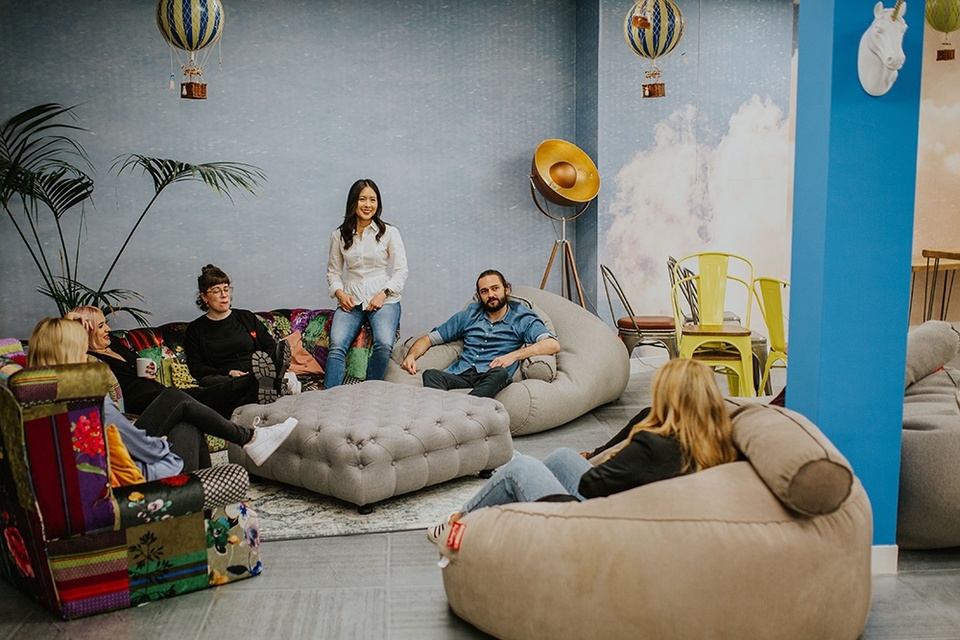Why do you need an employee loyalty scheme? (+ How to find a good one)
Employee rewards programs are a key component of every successful organisation. A well-thought-out reward and recognition scheme doesn’t just help you get the best out of your teams, but also promotes a healthy company culture.









Share